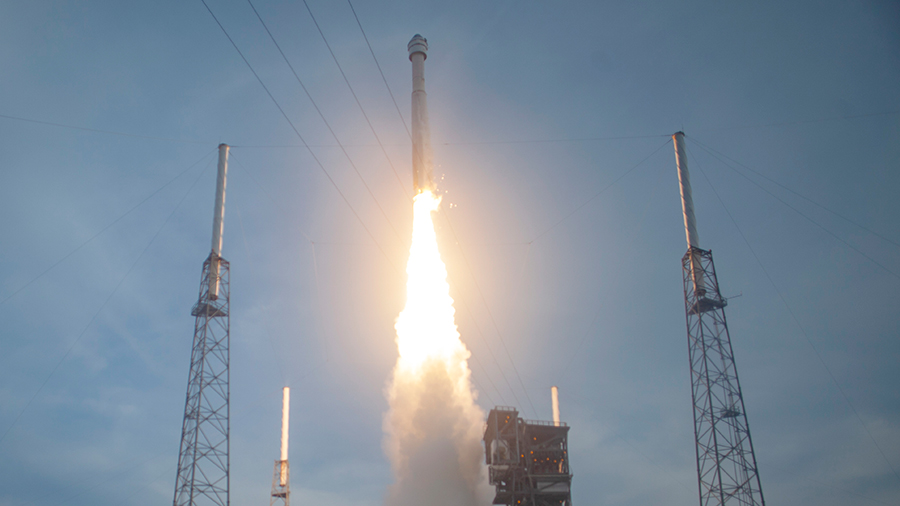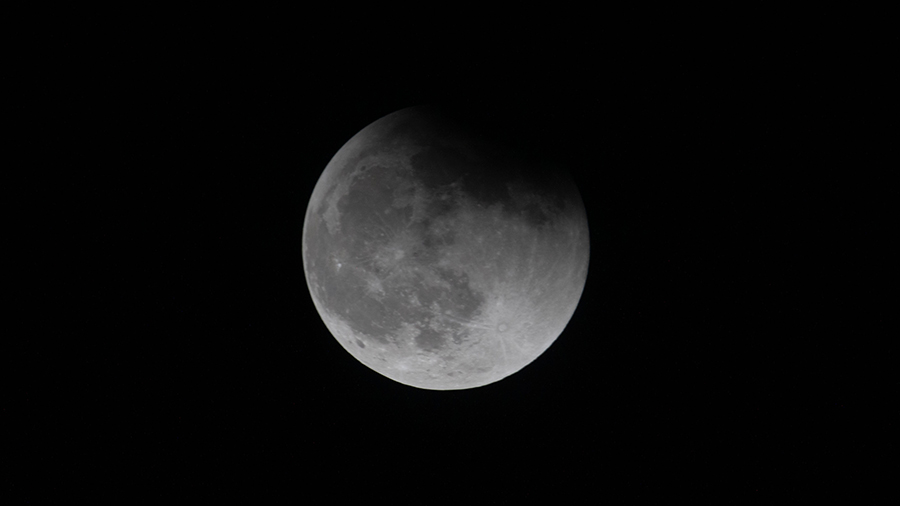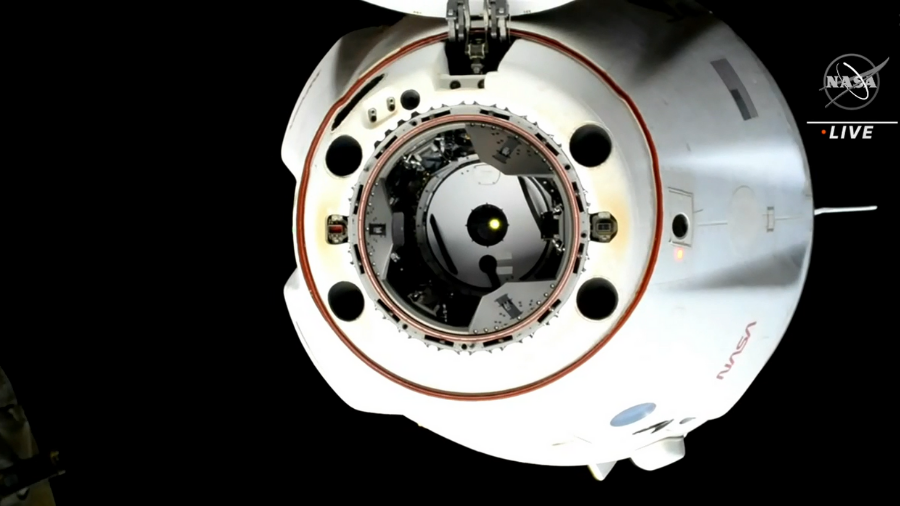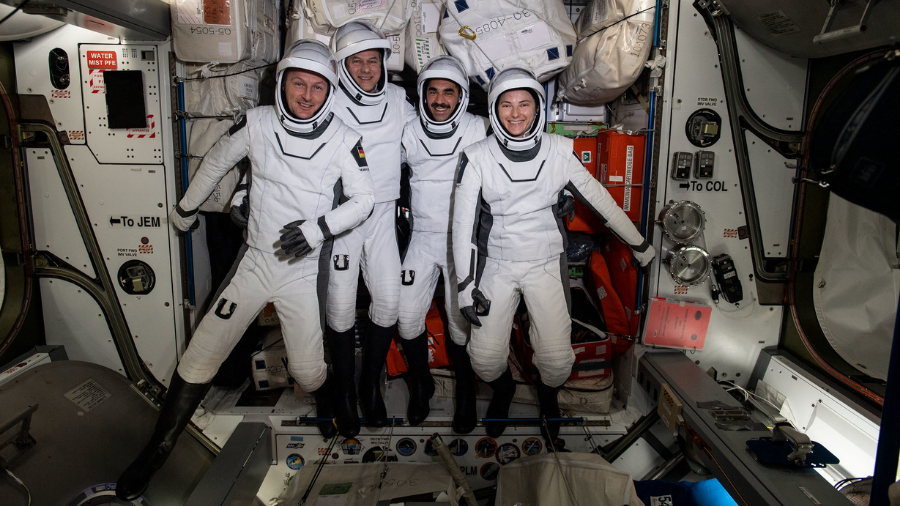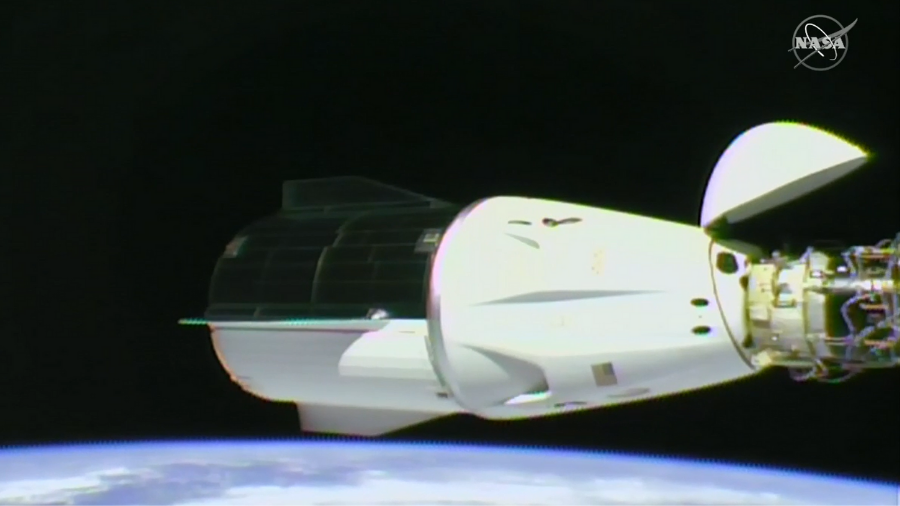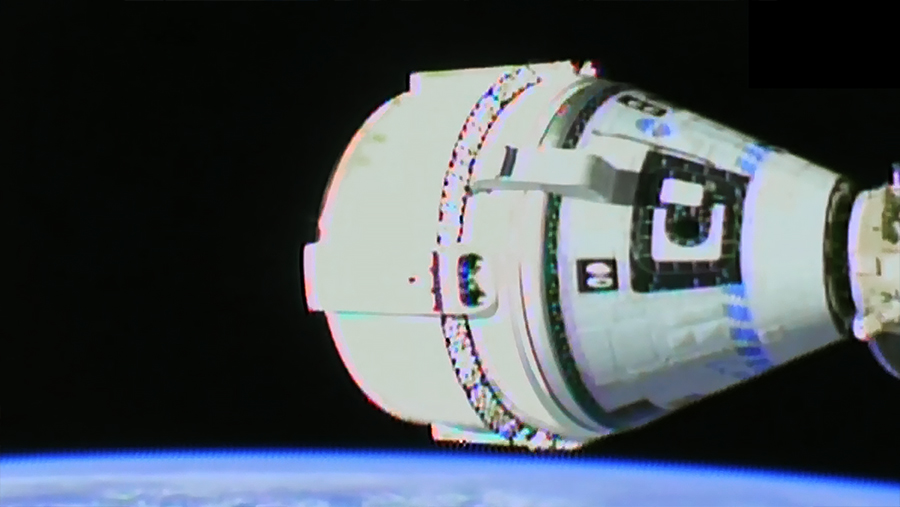
Boeing’s CST-100 Starliner spacecraft successfully docked to the International Space Station’s Harmony module at 8:28 p.m. EDT. Starliner launched on a United Launch Alliance Atlas V rocket on a flight test to the International Space Station at 6:54 p.m. on Thursday, May 19 from Space Launch Complex-41 at Cape Canaveral Space Force Station in Florida.
NASA will host a media teleconference to give an update on Starliner’s progress tonight at approximately 9:30 p.m. Friday, May 20 where it will be streamed live on NASA’s website. Participants include:
- Kathryn Lueders, associate administrator, NASA Space Operations Mission Directorate
- Steve Stich, manager, NASA’s Commercial Crew Program
- Joel Montalbano, manager, NASA’s International Space Station Program
- Mark Nappi, vice president and program manager, Boeing Commercial Crew Program
Starliner’s hatch opening is scheduled to begin at approximately 11:45 a.m. Saturday, May 21. Coverage of hatch opening will air live on NASA Television, the NASA app, and the agency’s website.
Saturday, May 21
- 11:30 a.m. – NASA TV hatch opening coverage begins
- 11:45 a.m. – (approximately) Hatch opening and welcoming remarks
Starliner is scheduled to depart the space station Wednesday, May 25, when it will undock and return to Earth, with a desert landing in the western U.S. The spacecraft will return with more than 600 pounds of cargo, including Nitrogen Oxygen Recharge System reusable tanks that provide breathable air to station crew members. The tanks will be refurbished on Earth and sent back to station on a future flight.
Following certification, NASA missions aboard Starliner will carry up to four crew members to the station, enabling the continued expansion of the crew and increasing the amount of science and research that can be performed aboard the orbiting laboratory.
OFT-2 will provide valuable data toward NASA certifying Boeing’s crew transportation system for regular flights with astronauts to and from the space station.
Boeing Starliner updates provides the latest information from the Orbital Flight Test-2.
More details about the mission and NASA’s commercial crew program can be found in the press kit online and by following the commercial crew blog, @commercial_crew and commercial crew on Facebook.
Learn more about station activities by following the space station blog, @space_station and @ISS_Research on Twitter, as well as the ISS Facebook and ISS Instagram accounts.
Get weekly video highlights at: http://jscfeatures.jsc.nasa.gov/videoupdate/
Get the latest from NASA delivered every week. Subscribe here: www.nasa.gov/subscribe

